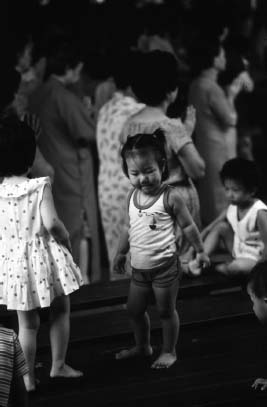Daoism and CctMembership, Community, Diversity |
Where do Daoists live today? Are any estimates of numbers available? How about CCT? |
Until fairly recently, Daoism has been an almost exclusively Chinese phenomenon. Since the Maoist revolution of 1949, practice of Daoism in the People’s Republic of China has diminished dramatically. Buddhism had the advantage of being an international tradition and thus of at least limited political utility. In addition, Buddhism qualified officially as a “religion” while Daoism was defined as mere superstition. Daoist temples and monasteries were shut down or destroyed and thousands of Daoist ritual specialists had to seek other means of livelihood.
Things have taken a turn for the better since the 1980s. Monasteries have reopened, and as of 1995 counts, Daoist temples number over 600, with about ten times that number of nuns and priests. Some institutions have even managed to revive formal seminary training for ritual specialists. The Celestial Masters school and the monastic order of Chuan Zhen (Complete Realization school) are the liveliest Daoist organizations in the People’s Republic now. Many hundreds of temples are active in Hong Kong and Taiwan, many more belonging to CCT than to specifically Daoist groups.
Elsewhere in Asia, wherever significant populations of Chinese have gathered, such as Malaysia and Singapore, Daoism and CCT are growing but are still relatively small. Estimates of active Daoists vary wildly from 2.7 to 225 million, while some demographers number adherents of CCT or “Chinese Folk Religion” between one hundred and four hundred million. These numbers seem relatively small next to counts of other major traditions, but they do not include the many millions of people whose days are full of ancient symbols and small rituals even if they are not formally identified with the institutional trappings of Daoism or CCT.

Children play, parents pray, at Taipei’s Xing Tian temple.
